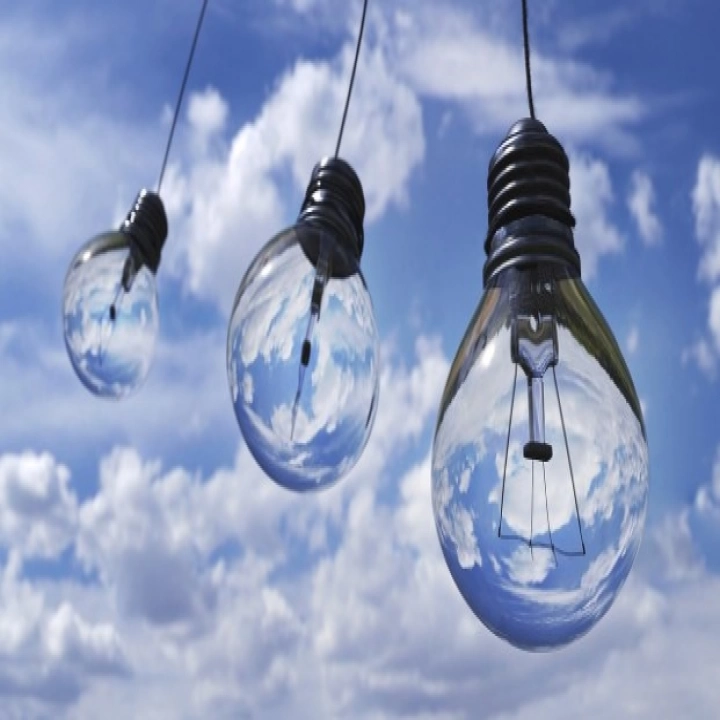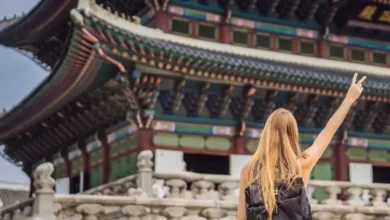Sammenligne Strøm: 5 Ways to Save Money on Electricity

Electricity costs can account for a considerable portion of your household budget, but there are ways you can cut back and save money on energy expenses.
1. Turn Off Electronics When Not In Use
Switching off lights when leaving a room can save energy; and replacing traditional bulbs with energy-saving CFLs or LEDs could result in even greater savings.
Unplugging electronics when they’re not being used can help bring down energy costs. That’s because most appliances and electronic devices use power even when in standby mode, drawing small amounts that amount to “phantom power,” costing an estimated $100 annually.
Smart plugs or power strips can help protect against energy vampires by monitoring how much electricity each device draws, then cutting its current when they sense that the device is no longer being used. You’ll find these products available at most home improvement stores.
One simple way to save electricity costs is to limit your energy use during peak hours, which depend on your utility company and region, but are typically between 9 pm and 6 am. Doing this could save up to $150 annually depending on how much power is consumed during these times.
Save energy and maximize savings by scheduling appliances and electronics to run during off-peak hours, using timers, smart thermostats, motion detector switches, WiFi-enabled products or services to do this. Also ask your utility company about their energy audit program which may identify additional ways of saving on electricity.
Your energy consumption can also be decreased by limiting the number of appliances in your home, installing solar panels and other renewables, upgrading heating and cooling systems with efficient technology, as well as making use of available resources online to find information and tips to save on electricity bills. For further savings you could hire a home energy consultant who will assess all your utilities as well as household needs before suggesting steps you can take to drastically decrease electricity usage and costs.
2. Use Appliances During Off-peak Times
No matter your schedule, using your appliances at off-peak hours can significantly lower your electricity bills and help lower summer energy costs – something which could save hundreds of dollars every year! Simply by changing your habits, switching on and off appliances during off-peak hours could reduce your electricity bills significantly.
Utility companies usually offer Time of Use (TOU) plans, which vary the price of electricity according to time of day and demand. Peak times occur when many people use electronics and appliances at once while off-peak periods typically experience lower demand; conserving electricity during these peak hours helps utilities manage demand more effectively and keep prices affordable for everyone.
Cost of electricity varies considerably by region and season. To get a sense of when and what part of the day may be more economical for you, visit InMyArea and enter your zip code; it then provides a list of providers as well as local average utility bill averages; you might even discover that your current provider may not be the cheapest.
Electricity costs the least from midnight to 6 am, making this the optimal time for laundry, dishwashing and electric vehicle charging. By shifting these activities between those hours you could see significant savings. Unplugging any electronics not in use – known as vampire appliances – or setting them to sleep mode could save even more energy costs.
Many homeowners have already started taking advantage of off-peak electricity rates to lower their bills and save money. This may involve as simple an action as setting timers on appliances like washing machines and dishwashers to run during off-peak hours, or it could involve changing air conditioning settings so it only runs at off-peak times.
By lowering your energy usage, you can significantly cut your electricity bills while helping keep prices lower for everyone. Make sure to unplug any appliances not being used, use “sleep mode” on both computer and TV devices and set the thermostat at a lower temperature during peak hours.
3. Insulate Your Home
Insulating your home is one of the easiest and most cost-effective ways to save on electricity, paying dividends both short- and long-term. Insulation prevents heat from escaping during winter and excess heat entering during summer, relieving your HVAC system of unnecessary strain in maintaining a comfortable temperature for you and your family.
According to the Environmental Protection Agency (EPA), air leaks around windows and doors, as well as in attics, crawlspaces and basement rim joists, can add up to 15% to your energy costs. Upgrading insulation and sealing air leaks will significantly lower energy costs – giving money back into your pocket!
Installing insulation can be done at an affordable cost if done by an ENERGY STAR-certified installer; and there may even be rebates available from energy providers!
No matter which kind of insulation you select for your home, it will provide a barrier that helps retain heat from the sun in winter and keeps cool air out during summer. This can reduce reliance on heating systems during the winter, saving money and making it easier to afford higher electricity bills in the long run.
Insulation upgrades will increase the value of your home while also acting as a selling point to potential buyers. Studies show that homes upgraded with insulation often sell faster and for higher prices on the market.
Investment in home insulation will bring many advantages both personally and environmentally. By using less power, you’re helping reduce our carbon footprint. Utility fees continue to rise – now is an opportune time to consider investing in your insulation if you haven’t done so already! For more information, contact Alpine Insulation immediately – they would be more than happy to assist in finding you an optimal insulation product!
4. Install a Smart Meter
Smart meters replace traditional mechanical meters with electronics and digital displays, but what really sets it apart from its counterpart is its communication abilities with electricity companies, sending real-time customer energy usage data directly.
Your supplier may offer you an in-home display device (IHD) to help you understand your energy use. While you don’t have to accept it, an IHD can be useful in understanding when and how your household uses energy (which you can click here to learn about). For instance if your fridge runs constantly you might consider replacing it with one more efficient model.
Smart meters also enable homeowners to track their usage and costs more closely in real-time, such as seeing when high-energy appliances consume the most electricity. Furthermore, it could send alerts via email or text if your electricity consumption goes beyond an agreed threshold.
Smart meters make switching energy providers much simpler. No more last meter reading needed! Your new provider can start servicing your account immediately – potentially qualifying you for more advantageous tariffs with lower off-peak prices as a result of having a smart meter installed.
Though smart meters aren’t mandatory, it may be worthwhile considering them – particularly as some suppliers were offering tariffs before prices skyrocketed. By installing one now you may also prepare yourself for when smart meters become the standard and potentially gain access to more cost-effective tariffs in future. Just watch for energy bills going up after switching over; and try not to transition immediately into an overly complicated tariff system that requires you to alter your habits to save money.




